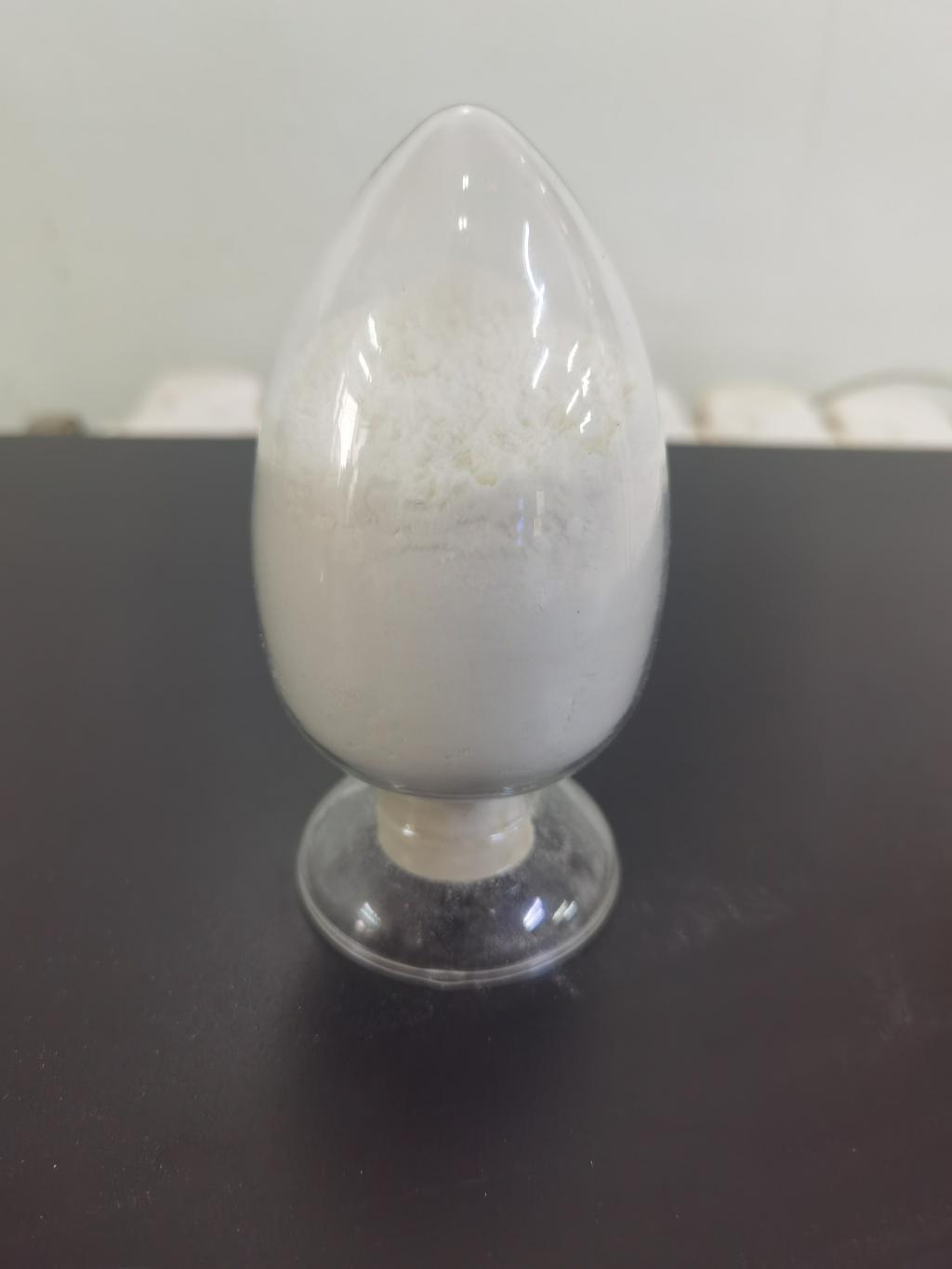Tel:+8618231198596

News
 CONTACT
CONTACT
 CONTACT
CONTACT
- Linkman:Linda Yao
- Tel: +8618231198596
- Email:linda.yao@dcpharma.cn
- Linkman:CHARLES.WANG
- Department:Overseas
- Tel: 0086 0311-85537378 0086 0311-85539701
News
Precision Solutions in Food Processing: Enhancing Efficiency with ε-Polylysine Hydrochloride
TIME:2024-02-26
Introduction:
Efficiency and precision are paramount in the food processing industry, where the goal is to meet the increasing demand for safe and high-quality food products. ε-Polylysine Hydrochloride, derived from natural sources, has gained attention for its antimicrobial properties, making it an attractive solution for addressing various challenges in food processing. This article explores the applications and advantages of ε-Polylysine Hydrochloride in enhancing precision solutions for food processing.
Overview of ε-Polylysine Hydrochloride:
a. Source and Production:
ε-Polylysine is a cationic homopolymer of lysine produced by microbial fermentation. The hydrochloride salt form, ε-Polylysine Hydrochloride, is water-soluble and has been recognized as a safe food additive by regulatory authorities.
b. Antimicrobial Properties:
ε-Polylysine Hydrochloride exhibits strong antimicrobial activity against a broad spectrum of bacteria and fungi. Its mode of action involves disrupting the cell membranes of microorganisms, making it effective for controlling spoilage and pathogenic organisms in food processing.
Preservation of Food Products:
a. Extending Shelf Life:
One of the key applications of ε-Polylysine Hydrochloride is in extending the shelf life of various food products. Its ability to inhibit the growth of spoilage microorganisms allows for the preservation of freshness and quality, reducing food waste and contributing to sustainability.
b. Natural Preservation:
As consumers increasingly seek natural and clean-label products, ε-Polylysine Hydrochloride serves as a natural alternative to traditional chemical preservatives. Its origin from fermentation aligns with the demand for cleaner and more transparent ingredient lists.
Precision Control in Pathogen Management:
a. Enhancing Food Safety:
Pathogenic microorganisms pose significant challenges in the food processing industry, with potential consequences for public health. ε-Polylysine Hydrochloride provides a precision solution for enhancing food safety by effectively controlling the growth of pathogens such as Salmonella, Escherichia coli (E. coli), and Listeria.
b. Targeted Application:
The targeted application of ε-Polylysine Hydrochloride allows for specific control of pathogenic bacteria without affecting the natural microbiota of certain foods. This precision in pathogen management is crucial for maintaining the overall quality and safety of food products.
Applications in Meat and Poultry Processing:
a. Minimizing Spoilage:
Meat and poultry products are prone to spoilage due to the presence of various microorganisms. ε-Polylysine Hydrochloride, when incorporated into processing, minimizes spoilage by controlling the growth of bacteria and molds, ensuring the safety and quality of the final products.
b. Reducing Microbial Load:
Controlling the microbial load is essential in meat and poultry processing to mitigate the risk of foodborne illnesses. ε-Polylysine Hydrochloride contributes to precision solutions by reducing the microbial load on raw and processed meat, improving overall safety.
Challenges and Considerations:
a. Dosage Optimization:
Achieving precision in the application of ε-Polylysine Hydrochloride requires careful dosage optimization. Research efforts should focus on determining the optimal concentrations for different food matrices to maximize effectiveness while minimizing any potential impact on sensory attributes.
b. Regulatory Compliance:
As with any food additive, regulatory compliance is crucial for the widespread adoption of ε-Polylysine Hydrochloride. Collaboration between the industry and regulatory bodies is essential to establish clear guidelines for its use in food processing.
Environmental and Economic Sustainability:
a. Reduced Food Waste:
The preservation capabilities of ε-Polylysine Hydrochloride contribute to reducing food waste by extending the shelf life of products. This aligns with the broader goals of sustainability by optimizing resource utilization and minimizing the environmental impact associated with food production.
b. Cost-Effective Solutions:
While ε-Polylysine Hydrochloride may require an initial investment for food processors, the long-term benefits in terms of extended shelf life, reduced food waste, and enhanced food safety contribute to cost-effective and sustainable solutions for the industry.
Future Perspectives:
The integration of ε-Polylysine Hydrochloride into precision solutions for food processing holds immense potential for the future. Future research should focus on expanding its applications, optimizing formulations, and addressing specific challenges related to dosage control and sensory attributes.
Conclusion:
ε-Polylysine Hydrochloride emerges as a valuable tool in achieving precision solutions for food processing, addressing challenges related to preservation, pathogen control, and overall food safety. As the industry continues to evolve towards cleaner and more sustainable practices, ε-Polylysine Hydrochloride offers a natural and effective alternative to traditional preservatives, contributing to a future where food processing is not only efficient but also environmentally and economically sustainable. Collaborative efforts between researchers, food processors, and regulatory bodies are essential to unlock the full potential of ε-Polylysine Hydrochloride in shaping the future of precision solutions in food processing.
- Tel:+8618231198596
- Whatsapp:18231198596
- Chat With Skype







